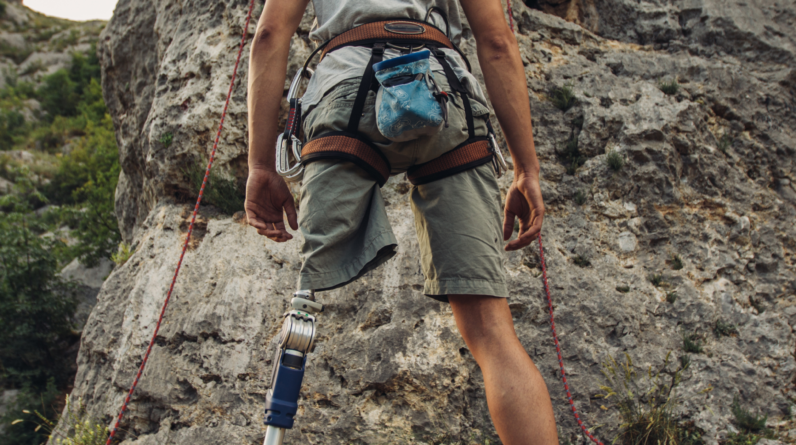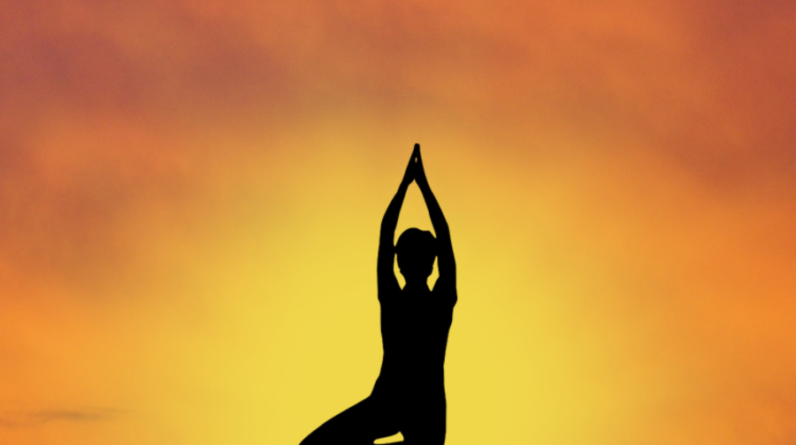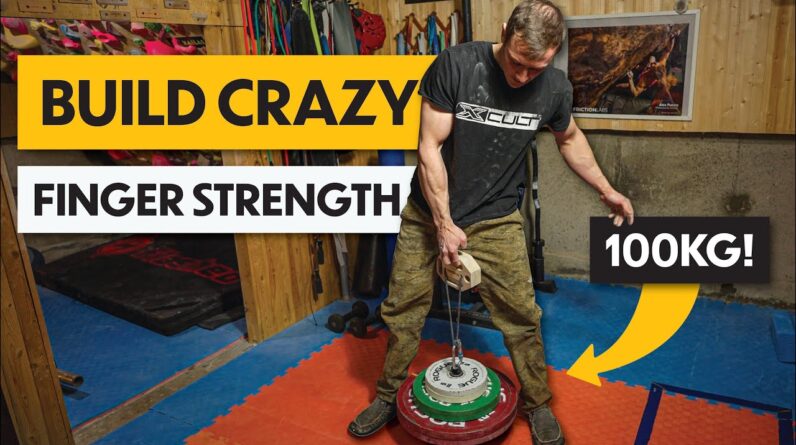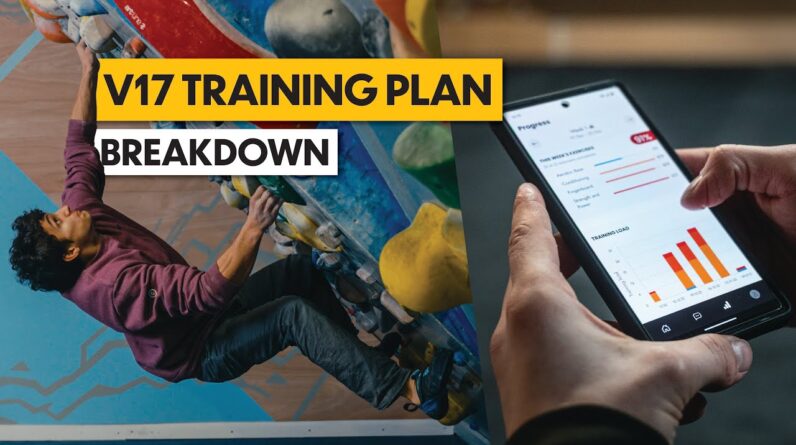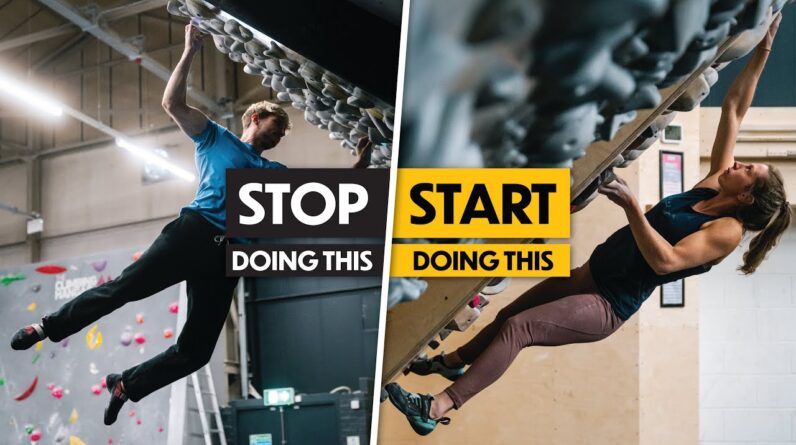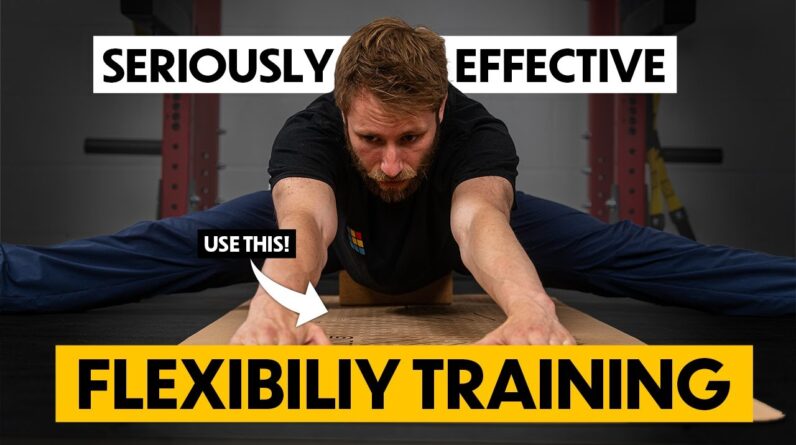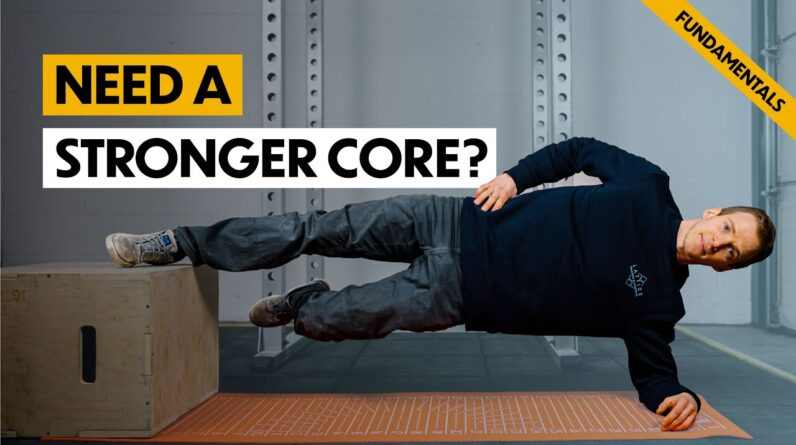
We often say our ’Core’ is your connection between your fingertips to your toes. Strength in your core helps you apply tension through your whole body, fully utilising your finger strength and footwork. If you are lacking core strength you may struggle to make the most of your strength and techniques elsewhere. In this episode of our Fundamentals Series, coach Jonny Kydd takes us through 3 training sessions to strengthen your core. We cover a floor based session, suspension (rings/TRX) core and pull-up bar core training. This is off-the-wall training so remember that core strength, in the context of climbing, also requires timing and precision. Watch this space because we have a board climbing episode that will add to this understanding coming soon!
Floor Core:
Hollow Body Tucks – 2-3 sets, 8-12 reps.
Copenhagen Plank – 2-3 sets, 10-30 secs.
Back Arches – 2-3 sets, 8-12 reps.
1-2 mins rest between sets.
Suspension Core:
Prone I – 3-4 sets, 3-5 reps
Supine I – 3-4 sets, 3-5 reps
1-2 mins rest between sets.
Bar Core:
Knee Tucks – 2-3 sets, 5-10 reps.
L-Sit – 2-3 sets, 5-15 secs.
Lever Tucks – 2-3 sets, 5-10 reps.
1-2 mins rest between sets.
So you’ve heard you need to train your Core strength but is this just doing Sit-ups and what exactly is your call Well today we’re going to unpack core Training and give you three great Examples to put into your own training Routine [Music] So today we’re joined by johnny and Johnny is someone that knows a thing or Two about training core strength johnny Has a long-term boulder project which is 20 moves for a horizontal roof kind of Weighing in around v15 so obviously core Strength and core tension is very Important to your training process So can you start by giving us a bit of a Understanding about why core training is Important for our climbing so the first Point is that it’s really important for Keeping the tension between our feet and Our hands when we’re on the wall without A strong core this can become a lot more Difficult and getting more weight on Your feet reduces the load that you need On your hands so you can effectively Have stronger fingers without needing Strong fingers so the second point is That if you find that you’re often Cutting loose a lot that could be due to Having a weak core and being able to Keep the tension through your feet will Help you get the most out of your hands And the third point is that sometimes
It’s necessary for us to take a cut Loose as it’s the easiest sequence in Order to move our feet having a stronger Core will help control that momentum and Also help us get our feet back on after We’ve taken the cut so for today’s Session we’re going to be going through Three different methods of chord Training Floor core suspension core and bar core [Music] In this floor course session we’ll be Doing three exercises the first exercise Is leg tucks you’ll be lying on the Ground starting in a tucked position and Then extending your legs out fully Without touching the ground a key point Is to maintain body tension throughout a Good way to monitor this is to make sure That your lower back isn’t lifting off The ground a way to check that you’re Doing this is to have your fingers in The small of your lower back and Maintain pressure throughout the next Exercise is the copenhagen plank the Copenhagen plank is similar to the side Plank except you’ll have one leg Elevated on a box while the other leg is Hovering this will not only be training Your obliques but also the hip abductors In the elevated leg so far we’ve trained The front of our core the side of our Core but it’s also important to focus on The back of our core and our posterior
Chain so the final exercise is the back Arch in this exercise you’ll start lying On your front with your arms and legs Extended out you will be arching your Back so that your feet and hands lift Off the ground before returning this Floor core session is a great example of Something we might do through our base Phase of training or our off season Floor core is a great way to isolate Certain muscle groups and train them in A very specific way generally floor core Is not something that’s going to Transfer immediately to your on-the-wall Movement so it’s something we would take Out of the plan around your peak or Approaching a peak phase as a base Conditioning session we’re going to be Working in a slightly higher rep range Of 8 to 12 repetitions working between Two and three sets make sure to finish The set early if you feel your form Start to deteriorate for the knee tucks And the copenhagen plank you can Increase the intensity of this exercise By adding weight however something like The back arches it’s much easier to Increase the time you hold that arch Position for In the suspension core we’re going to be Working both the posterior and anterior Chain so the front and back of our core So for this session you can either use Rings or trx set up so in the first
Exercise we’ll be doing the prone eye For this exercise you’ll start in a Standard position roll out into an Extended position and then return to the Beginning make sure to not arch your Lower back whilst doing this exercise in A similar fashion the supine eye you’ll Start facing in the opposite direction And lifting the rings until you end up In the extended position try not to bend Your arms too much and focus on Contracting your mid-back at the top of The movement suspension core training is A great way to activate the stabilizing Muscles around the core and of course The shoulders as well in this way it’s a Great exercise for full body tension Training for both these exercises you’re Going to be working in a rep range of Three to five repetitions and three to Four sets you can increase the intensity Of this exercise by increasing the Length of the straps particularly for The prone eye stop this set early if you Feel your lower back starting to arch For the bar chord the first exercise We’re going to do is the hanging knee Tucks try to bring your knees all the Way to your chest and lower back down And keep your shoulders engaged at all Times the next exercise is the hanging L-sit this is an isometric hold where You’ll have your legs extended parallel To the ground one thing we often see
That limits this exercise is hamstring Flexibility if you do find that you have Tight hamstrings you can either complete This exercise slightly lower angle or Keeping bend in the knee if you find That hamstring flexibility is the Limiting factor to your l-sit you will Probably benefit from combining Hamstring flexibility and l-sit training Together so for the last exercise we Have the lever tuck start by bringing Your knees into a fully tucked position And then bring your feet towards the bar Until your back is parallel with the Ground make sure to lower back to the Starting position in a slow and Controlled manner For the knee tucks and the lever lift Tucks we’re gonna be working on a rep Range five to ten repetitions depending On your strength and ability for the L-sit we’re gonna be working on a hold Of five to fifteen seconds if you need To increase the intensity of the knee Tucks you can straighten the legs and Perform normal leg raises if you need to Increase the intensity of the lever tuck You should go check out our video on Ways to progress your lever lift in this Session we’re gonna be working for two To three sets however stop the set early If you feel like you’re losing that Engagement in your shoulders [Music]
So today we’ve been through three Different core training methods floor Core suspension core and bar core Generally you’re going to be performing These type of exercises one to two times A week During a base phase we’re probably Looking more at doing things like floor Core and suspension core to isolate Different movements and train our Muscles on our capacity to train As we approach a peak we’re going to be Looking more at doing things like bar Core barcode is gonna be really helpful For those climbing on steep terrain when You’re cutting loose and getting your Feet back on whereas things like Suspension core is gonna be really Helpful for developing that tension Between your hands and your feet however During a peak phase we want to be Developing our timing and coordination Of our core tension and strength This is best done on a climbing wall and In a climbing environment Really good way to do this is developing Your attention on steep overhanging Terrain and of course board climbing is An excellent tool for this this has been Our core training fundamentals if you Enjoyed this session make sure to like And subscribe we have more fundamental Series coming we’ll see you next time [Music]
You

